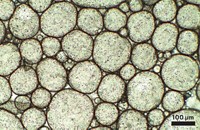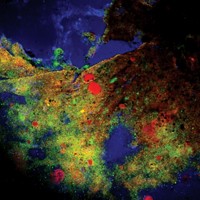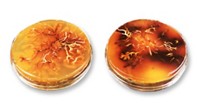Advertisement
Grab your lab coat. Let's get started
Welcome!
Welcome!
Create an account below to get 6 C&EN articles per month, receive newsletters and more - all free.
It seems this is your first time logging in online. Please enter the following information to continue.
As an ACS member you automatically get access to this site. All we need is few more details to create your reading experience.
Not you? Sign in with a different account.
Not you? Sign in with a different account.
ERROR 1
ERROR 1
ERROR 2
ERROR 2
ERROR 2
ERROR 2
ERROR 2
Password and Confirm password must match.
If you have an ACS member number, please enter it here so we can link this account to your membership. (optional)
ERROR 2
ACS values your privacy. By submitting your information, you are gaining access to C&EN and subscribing to our weekly newsletter. We use the information you provide to make your reading experience better, and we will never sell your data to third party members.
Water
Chemistry In Pictures
Chemistry in Pictures: Your bioremediation is a wonderland
by Craig Bettenhausen
May 26, 2021

Bit by bit, evolution favors organisms that can work with what’s available. For microbes that can eat plastic or other waste streams produced by humanity, it’s been good century. C&EN reader Yuan Li is on the hunt for those bugs. Li’s research focuses on wastewater bioremediation using naturally occurring bacteria. Most wastewater treatment already uses one or more fermentation steps, but searching in that soup for the secretive superstars sucking up more insidious substances could lead to targeted treatment cultures and even new recycling routes. This picture shows the moment just after Li added bacteria to three test solutions, causing them to form wispy swirls. “These indigenous microbes are so powerful that they make the wastewater look like a fairyland,” Li says.
Submitted by Yuan Li
Do science. Take pictures. Win money. Enter our photo contest here.





Join the conversation
Contact the reporter
Submit a Letter to the Editor for publication
Engage with us on Twitter